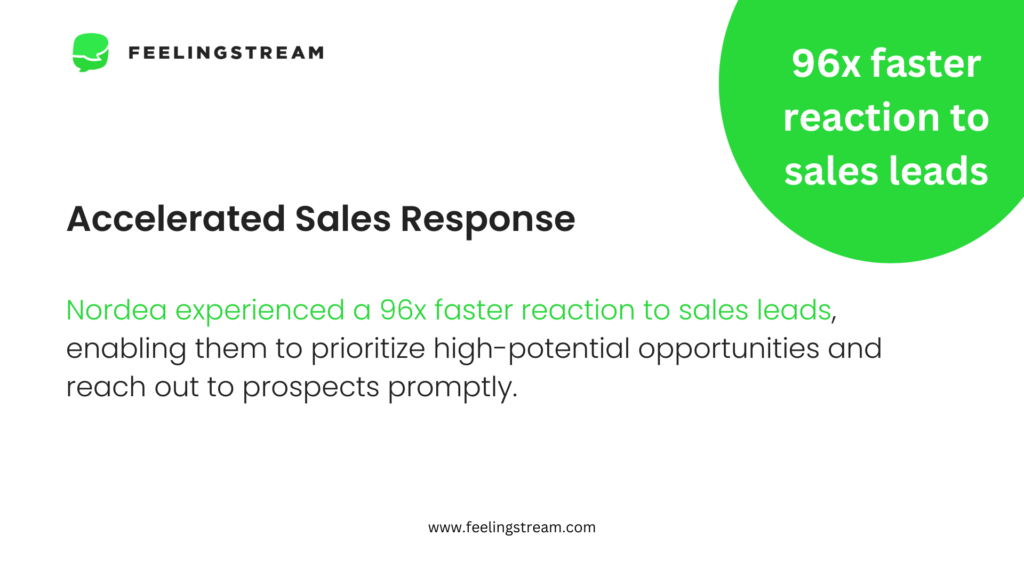Customer conversation analysis can hold a lot of knowledge and power. When it comes to revenue and sales growth, conversational analytics can make a significant difference by helping us understand how to sell, who to sell to, and when you need to put in effort for customer retention.
Generally, in today’s world, we have two main ways of selling via phone calls in B2C. The first involves handling customer service calls, resolving customer issues, and then focusing on upsell. Alternatively, there are direct telemarketing calls whether directed to existing customers for upsell or to find new customers. In either scenario, finding the correct methods for enticing people to buy is key.
How to make that sale?
The question of how to pitch and make the sale is always important. Some companies give agents some guidelines for the call flow and selling but have them do it as they see fit. Others have very strict sales flows, including specific sales pitches, that agents should adhere to. What method is correct? Well, it’s a question that may not have a single straight answer, as it depends very much on the product and the market. How to know? This is where analysing existing conversations can bring insights and power your sales forward.
Bring together your sales statistics and conversations
Selecting your data is vital when it comes to analysis. If you have records of whether a customer conversation has ended in a sale and you can view that together with the conversation itself, what you end up with is a base for your sales analysis. This way you can start:
- accessing the conversations in which the sale has been a success to look for patterns
- assessing the sales call flow adherence or script adherence in the calls that lead to successful sales
- looking for what is common for the calls where the sale is not successful
Most likely, you will already know who your most successful sales agents and teams are. But do you know what makes them successful? What is that magic in their approach? You’ll find that conversation analysis can help you by:
- giving access to listen to and read the conversations where the sales happen
- finding patterns in the campaigns or products that sell more and in how they are sold
- giving you the chance to see how customers react to different sales pitches
All in all, analysis can help you understand what works and what does not. With this knowledge, you can adjust your sales approaches for better sales results. Selling is an art, and it may take some time to get results, but with conversation analysis, you can test new approaches, analyse them, and make the wisest decisions for your future.
Sales growth via understanding the sales potential
When conversation analysis is used systematically, then with the help of AI models and machine learning, it is possible to use these technological means to assess and classify each conversation. Sales potential can be understood by assessing the customer part of the conversation – they may be showing interest in purchasing, openness to listening about new products, mentioning recent campaigns, etc.
We have seen 96% faster reaction to sales leads by prioritising contacts with sales potential.

If a model is used to find sales potential, then each conversation can be classed as having or not having that. If a sale is not made during phone calls with sales potential, then you can:
- analyse why,
- work with this knowledge to further improve the sales approaches,
- ensure a second approach for sales is made, where appropriate.
Assessing and managing churn risk
With finding new customers or upselling, retention of existing customers is also key. Previously we mentioned the use of AI models for finding sales potential and acting upon it. Another issue you will also want to tackle and can with AI models is churn risk.
When a customer is showing clear signs of churn during a phone conversation, the best-case scenario is that the agent will understand that and act accordingly. When there is no instant conversation between the customer and the agent, for example, when communicating via email, with a chatbot, or the customer leaving feedback such as NPS or CSAT, you may not realise the risk before you have already lost your customer.
Automated churn risk assessment can be done for all customer conversations but is especially crucial for channels where the agent is not there for the rescue. Churn can lead to revenue loss and customer retention is always important as it’s been said that it is much easier to keep existing customers than to find new ones.
You can achieve up to 15x faster reaction to churn risk and increase the customer retention rate up to 80%.

What’s the impact of conversation analysis on sales growth?
With the help of customer conversation analysis and implementing AI models to assess sales potential and churn risk, it is possible to find more sales leads and increase customer retention immensely. With the Leadstream conversation analysis tool it is possible to create ad hoc analysis and analytical overviews, but also set up quick notifications for churn risk or conversations with sales potential but no sale – all that you need to act and get those sales, keep your customers and earn higher revenue.
On average, we are seeing 10-20% increase in finding sales leads.

If this is something you would like to hear more about and possibly implement in your company, please get in touch – register for a short demo call and let’s get the conversation going.




